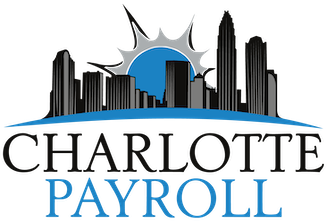PEO vs ASO
Choosing the right type of provider to manage your payroll and HR can be overwhelming considering all the choices. Identifying the differences between a professional employer organization (PEO) and an administrative service organizer (ASO) is the first step in making an informed decision as to what best suites your company.
PEO stands for professional employer organization, and much like a ASO, is a company that is employed to handle all human capital management responsibilities. From HR and payroll, to time and attendance to workers’ compensation, the PEO is responsible for it all. The way the PEO handles these tasks is what is known as a co-employment. Under the co-employment, the PEO hires its client company’s employees, at which point, the PEO now becomes the employer of record regarding taxes and insurance. So, the employee is now employed by both the PEO and the client company, so the client company may still maintain control over all aspects of the business not covered by the PEO. The most profound advantage to this structure, is now all legal liabilities fall upon the PEO. Another obvious advantage of a PEO is the savings of time and money, with all human resource related tasks now being outsourced at a fraction of the cost of personnel.
ASO is an administrative service organization that provides similar services as the afore mentioned PEO with the main difference lying in the employee itself. In an ASO, the employee is solely employed by the client company, filing taxes and insurance under the EIN of the employer. A payroll vendor, such as Charlotte Payroll, is hired by the client company to process payroll, file all taxes, maintain compliance in all areas related to payroll, HR, and taxes, and so on. An ASO charges a small fee to process payroll and any additional functions such as time and attendance, as well as HR. This fee is typically on a retainer basis, which differs from the PEO which is traditionally a percentage of the gross payroll.
Now that we understand what these terms mean, we still need to decide which choice is right for your organization. Where a PEO may save you some money, you must keep in mind to compare apples to apples (as the saying goes). By their nature, PEO’s tend to be much more restrictive than ASO’s simply due to the fact that as an owner, your job is now managing the day to day operations, relegating all other decisions to the PEO. The same goes for company policies, which are now being created by the PEO. Handbooks, disciplinary actions, benefits, and much more are now at the discretion of your new co-employer. Non-compliance can result in loss of liability coverage, again, not leaving you, as the employer, much wiggle room. The ASO model, on the other hand, gives the client a team of dedicated professionals that act in an advisory role, leaving the ultimate decision to the client. Again, the ASO allows for the client to operate in the best interest of the company, with little to no restrictions as imposed with the PEO.
When employing a payroll firm, the transfer of information from an accountant or another firm is a fairly simple process. Census data, W-2’s, and benefit plans can be moved from firm to firm, typically with little to zero problems for the employee. But if an employer needs to change PEO’s mid-year, a number of issues can arise. From multiple W-2’s to resetting of an employee’s taxable wage base, not to mention having to enroll in new benefit plans. And lets face it, not many people like change, especially if it involves mass amounts of work for the employee, who at the end of the day, really had no say in the process.
Here at Charlotte Payroll we have a team of dedicated professionals ready to assist you with all your payroll, time and attendance, and HR needs. We offer a full in-the-cloud experience that maximizes efficiency. Our SaasHR platform can be tailored for any size business to run on any device. Process payroll in minutes with our solution so you can get back to running your business.






